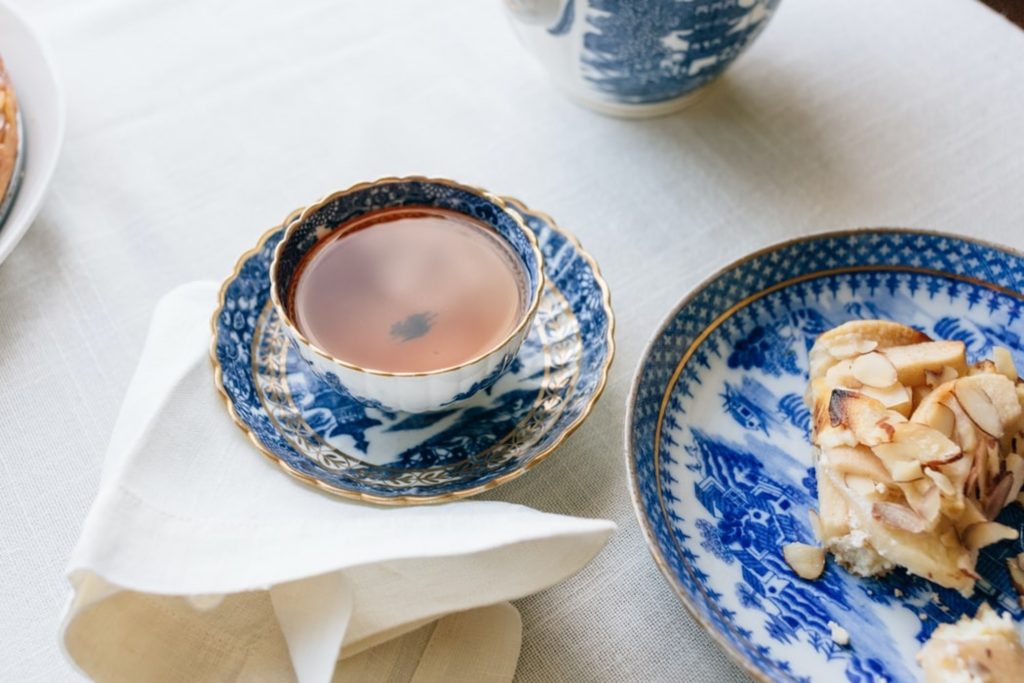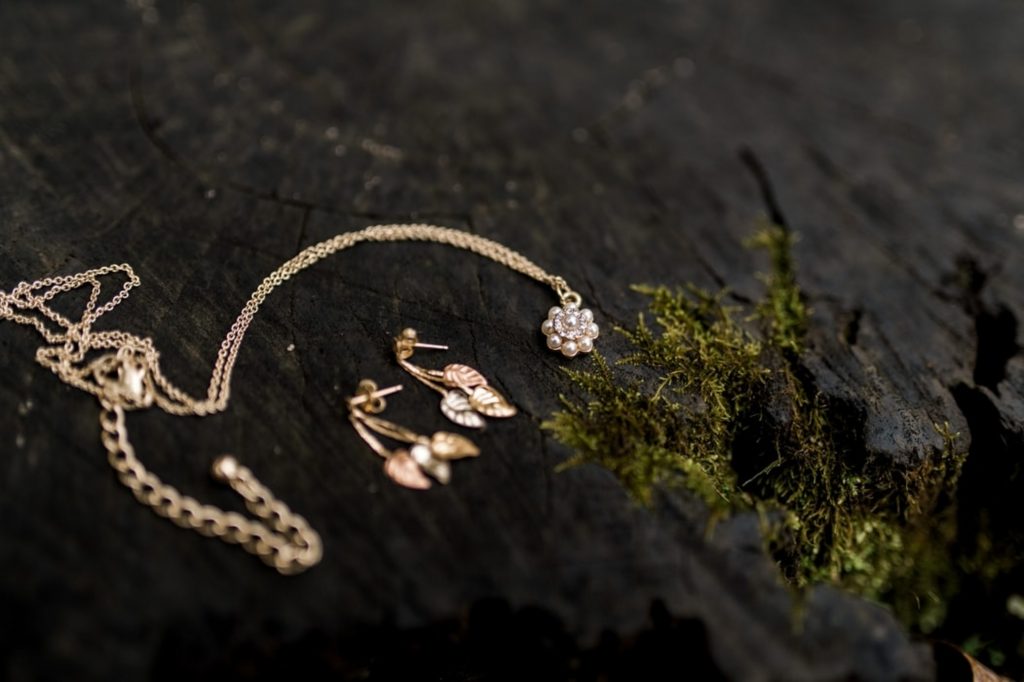Moving is often an exciting experience, with a new home and new surroundings to look forward to. However, getting from the old place to the new one can be stressful, especially when there are fragile items that must be moved.
How can you get all those treasured belongings safely relocated with the least possible risk of damage? Here are seven tricks to make it easier.
1. Make a Special Trip
Many essential items like heirloom dishes or antiques are best transported when they get one-on-one attention. Most moves involve multiple trips to and from the new place, often without any other cargo. In that case, you can place fragile items in car seats or floorboards. Just make sure there are no other contents to shift and that the surface isn’t slippery, and have a place ready for the items when you get there.

2. Repurpose
It’s easy to get tunnel vision and think that we need bubble wrap or styrofoam peanuts for all packing, but that’s not the case. Don’t take a box of towels to the new place. Use washcloths and hand towels to separate layers of plates—stack picture frames with throw pillows between them.
3. Get Creative
Jewelry is always problematic during a move. It’s both valuable and fragile, so it takes two layers of attention–and creates two layers of stress! Necklaces and bracelets are famous for getting tangled, so separate them in the individual cells of a styrofoam egg carton.

4. Prevent Movement
That antique mirror in your foyer has been right there for 15 years, but a move can cause it to shift in its frame, creating the danger of a crack. Go around the whole frame with painter’s tape so that the glass stays put. The same can be done with picture frames.
5. Monitor Weight
Remember that fragile items are subject to problems from the weight. You can only stack so many dishes before the bottom ones crack from the weight. Lift the box occasionally as you pack it, and if it starts to feel heavy, quit adding items and fill the rest of the space with packing materials.
6. Use the Right Materials
Our first instinct is to start gathering up newspapers, but just as the daily news can stain your fingers, it can smudge china, wood, and other materials. Kraft paper is a good choice because it’s sturdy and inkless, and it’s sold in a roll that makes it easy to cut the right size.
7. Reinforce Boxes
We all like to reuse boxes for moving, but it’s important to your fragile items that the containers can handle the job. Pad the bottom before packing anything. Make sure that the base and corners of the boxes are secured as tightly as the top.
If necessary, add tape and consider using something under the box for extra support, such as a piece of plywood.

Conclusion
Moving is a big job, and it requires a lot of attention. The more fragile items you’re moving, the more critical it is to plan your move carefully. These tips and others can go a long way toward keeping your move from leading to broken items–and broken hearts.
